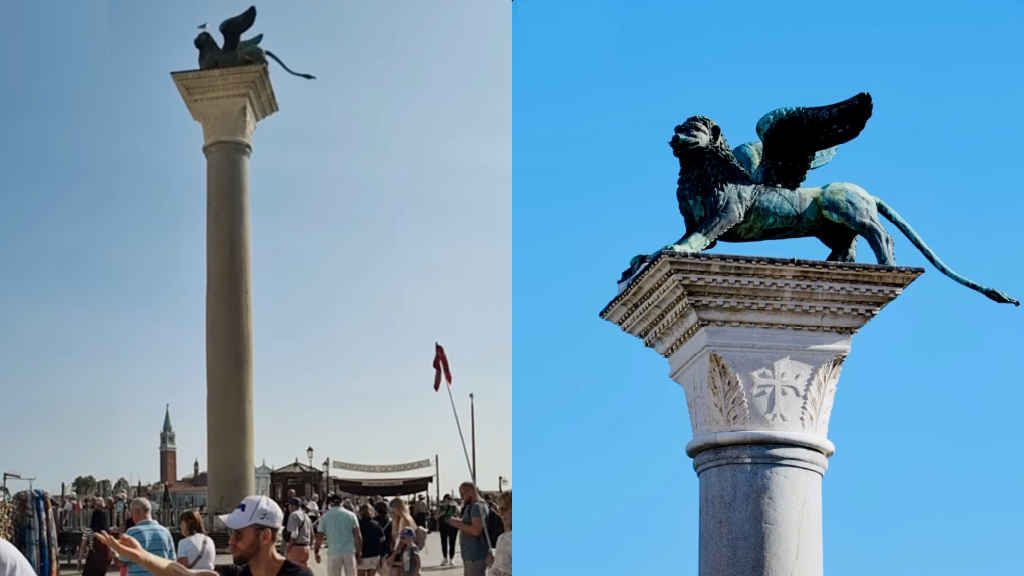(Source)
A new study has suggested that Venice, Italy’s iconic winged lion statue, may have been created in China long before Marco Polo’s famous travels. Researchers from the University of Padua announced in September that the statue contains bronze components traced to Chinese copper ore deposits.
-
A matter of origin: The Lion of Venice, an emblem of the city and its patron saint, Saint Mark, has long been a symbol of power and courage, prominently displayed in St. Mark’s Square. It is believed that the statue was brought to Venice in pieces, possibly by Marco Polo’s relatives after their time at Kublai Khan’s court. Although previous research suggested a Near Eastern origin, the new findings point to a much more extensive trade network between Europe and Asia, dating back to the Middle Ages.
-
A mystery solved: Principal investigator Massimo Vidale shared that the chemical analysis his team conducted linked the statue to the lower Yangzi River region, historically known for its copper mining. “Now we have solved an ancient archaeological mystery for good,” Vidale said, noting that stylistic and chemical data are consistent with the hypothesis of a Chinese origin. He believes the lion was originally a hybrid creature that resembled a Chinese tomb guardian and was modified over time to look more lion-like.
Download the NextShark app:
Want to stay up to date with Asian American News? Download the NextShark app today!







